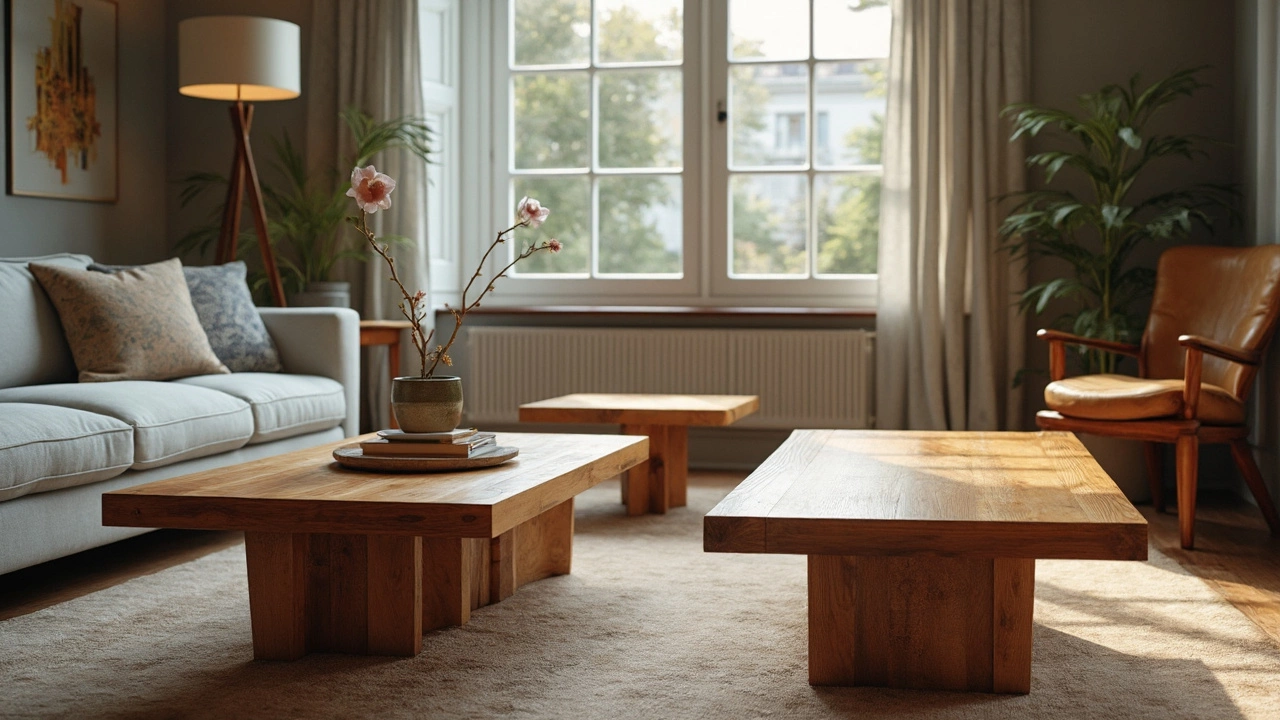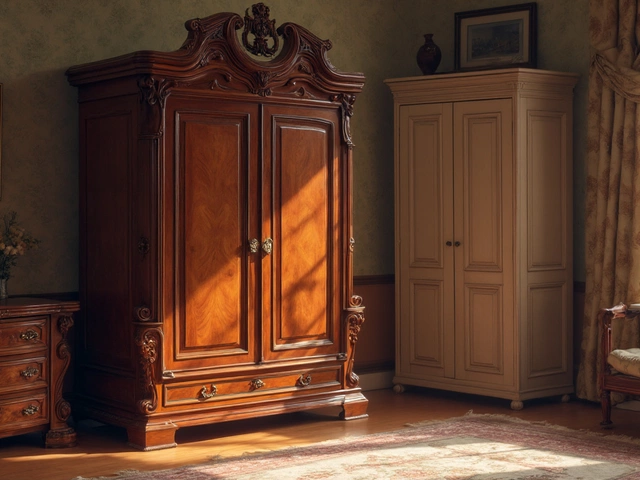Woodworking Basics for Building Classroom Furniture
When you need a sturdy desk, a sturdy shelf, or a custom storage unit, woodworking can be the quickest solution. It doesn’t require a full workshop – just a few basic tools, good wood, and a clear plan. Below you’ll find the most useful tips to get started, stay safe, and finish projects that last for years.
Choosing the Right Wood and Tools
Start with soft‑wood like pine for most classroom projects. It’s inexpensive, easy to cut, and holds screws well. If you need extra durability, switch to hardwood such as oak for desk tops or high‑traffic surfaces. A simple tool kit should include a circular saw, a drill, a set of wood screws, a measuring tape, a carpenter’s square, and a sandpaper block. You don’t need a fancy table saw; a straight edge and a hand saw work fine for small cuts.
Safety comes first. Make sure every student or volunteer wears safety glasses, and keep a dust mask handy when sanding. Keep the work area clean – a tidy space reduces the chance of trips and accidental cuts.
Step‑by‑Step Projects for Teachers
1. DIY Classroom Desk: Measure a 60 cm wide, 45 cm deep work surface. Cut two side panels (70 cm tall) and attach them with wood screws and glue. Add a lower shelf for books or supplies. Sand all edges smooth, then finish with a water‑based polyurethane to protect against spills.
2. Simple Storage Cube: Cut six equal squares of 30 cm. Assemble a box by screwing the sides together, leaving one side open for a lid. A small hinge and a magnetic catch make it easy to open and close. Paint or stain to match the classroom décor.
3. Wall‑Mounted Shelf: Cut a 80 cm long, 20 cm deep board. Attach two brackets to the wall studs using lag bolts, then place the board on top. This gives teachers extra space for books, plants, or teaching aids without taking up floor space.
Each project can be adjusted for different ages. Younger pupils can help with sanding and painting, while older students can take on measuring and drilling under supervision.
Remember to label every piece before you start assembling – it saves time and avoids confusion later. A simple sticker with “Side A” or “Front” keeps the workflow smooth.
Finally, maintain the furniture by checking screws every term and re‑applying a thin coat of finish when the surface looks worn. Regular care extends the life of the pieces and keeps the classroom looking professional.
Woodworking in schools does more than provide functional furniture. It teaches planning, teamwork, and basic engineering concepts. With the tips above, you can create practical pieces while giving students a hands‑on learning experience they’ll remember.





